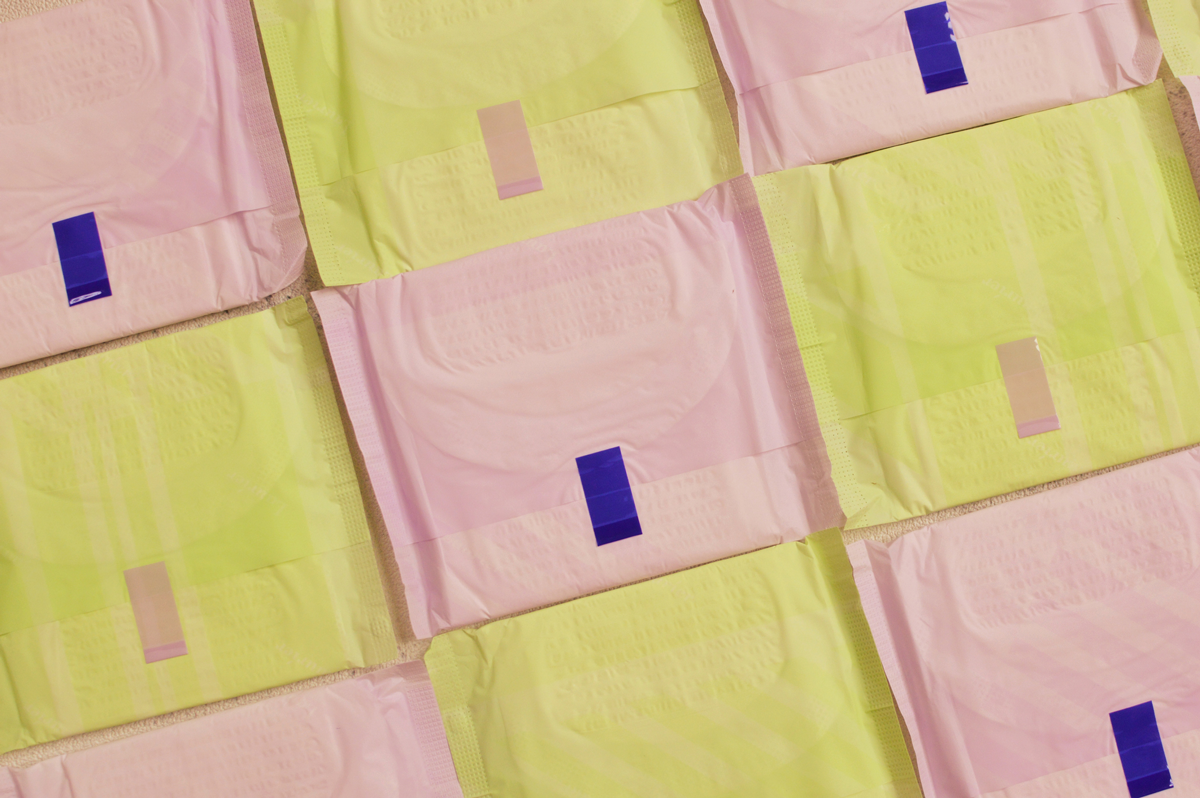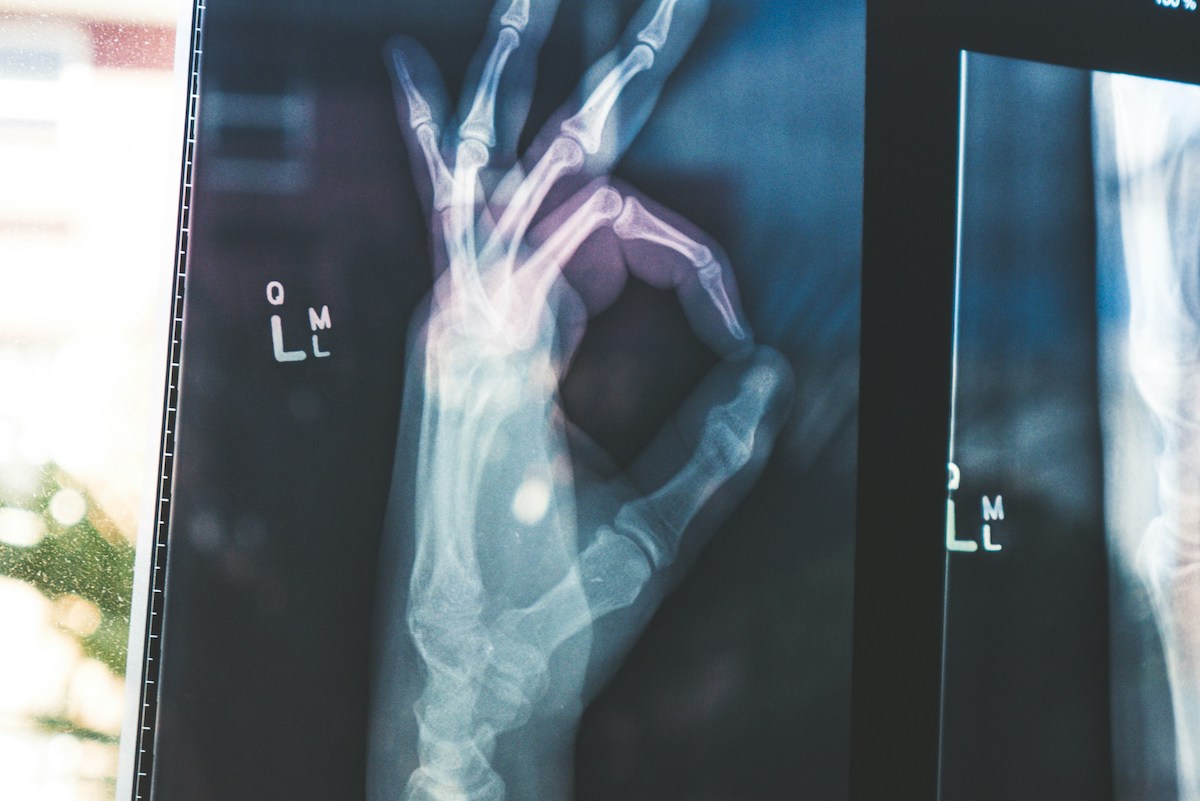I’ve been seeing a lot of pretty popular fitness influencers tout “cycle syncing” as a way to optimize your workouts. As the kids would say, this seems “sus” to me. Perhaps you could weigh in?
Meg
I remember getting a high heart rate and flushed cheeks response every time I had to talk about my period in high school and college. (I had to use context clues to understand the word “sus” … so that was a bit ago.) Now I research and record podcasts on female athlete performance and the menstrual cycle, so I regularly roll off words like period, IUD, and tampons with no problem. I think some of that ease is practice, but maybe even more of it is how we are actually talking about the menstrual cycle as a society.
I think this focus on the menstrual cycle and women’s health is a great thing — it empowers us to talk openly, fuels more research, and funds more tech to help us understand our bodies. I personally use a menstrual-cycle app to track my period. Otherwise, I might find myself using deductive reasoning when asked “date of last cycle?” in the doctor’s office, and it’s always convenient to link my occasional bouts of insomnia to the higher hormones of the mid-luteal phase (seven to nine days after ovulation, on average).
The challenge is that with the growing focus on how different people experience the menstrual cycle, conditions are ripe for the social-media proliferation of simplified recommendations that might indeed be “sus,” at least on the population level. Cycle syncing is the idea of pairing exercise duration, intensity, and training focus to overlap with certain phases of the menstrual cycle. Proponents might suggest more intense workouts like HIIT, powerlifting, and cycling/running intervals in the follicular phase (the first half of the cycle) and less intense workouts like yoga, swimming, or aerobic cycling/running in the luteal phase (second half of the cycle).
This concept has some merit in physiology — the menstrual cycle involves fluctuations in hormones that have impacts on recovery, sleep, muscle building, metabolism, and body temperature. Plus, studies show that between 20% and 40% of women experience premenstrual syndrome (PMS) in the luteal phase, with symptoms such as mood changes, cramping, and breast tenderness, all of which could affect how exercise feels.
However, the menstrual cycle is one variable among many, many variables that might influence exercise response. Making broad recommendations to modify exercise based on the menstrual cycle on a population level often fails to account for the complexity of exercise physiology. Recent studies support this thought — a 2020 meta-analysis compiling 51 studies found that the menstrual cycle had trivial impacts on endurance and strength-based performance outcomes and suggested that modifications to exercise based on the menstrual cycle should be considered on an individual, rather than population, level. That finding has been duplicated in several review studies.
To summarize: Every individual is different, but across the population, cycle syncing is not supported by the literature or high-level athletic practice.
The way I look at it, exercising at all is a life win. If cycle syncing helps you get out the door to go for a walk during high PMS symptoms, that’s amazing. A win! But if we truly want to optimize performance, it’s best to think about the menstrual cycle from an individual level: chart your cycle, follow your symptoms, and pay attention to how you feel. Also, be confident in the training that you’ve done across all phases of the menstrual cycle. The reality of life is that the half-marathon you’ve been looking forward to for a few months might fall in what you might consider to be a more challenging phase of your cycle. If you’ve practiced it all — strength training, interval workouts, and long runs — throughout the entirety of the cycle, you’ll be ready to put in a strong performance independent of your hormonal context.
Community Guidelines




















Log in